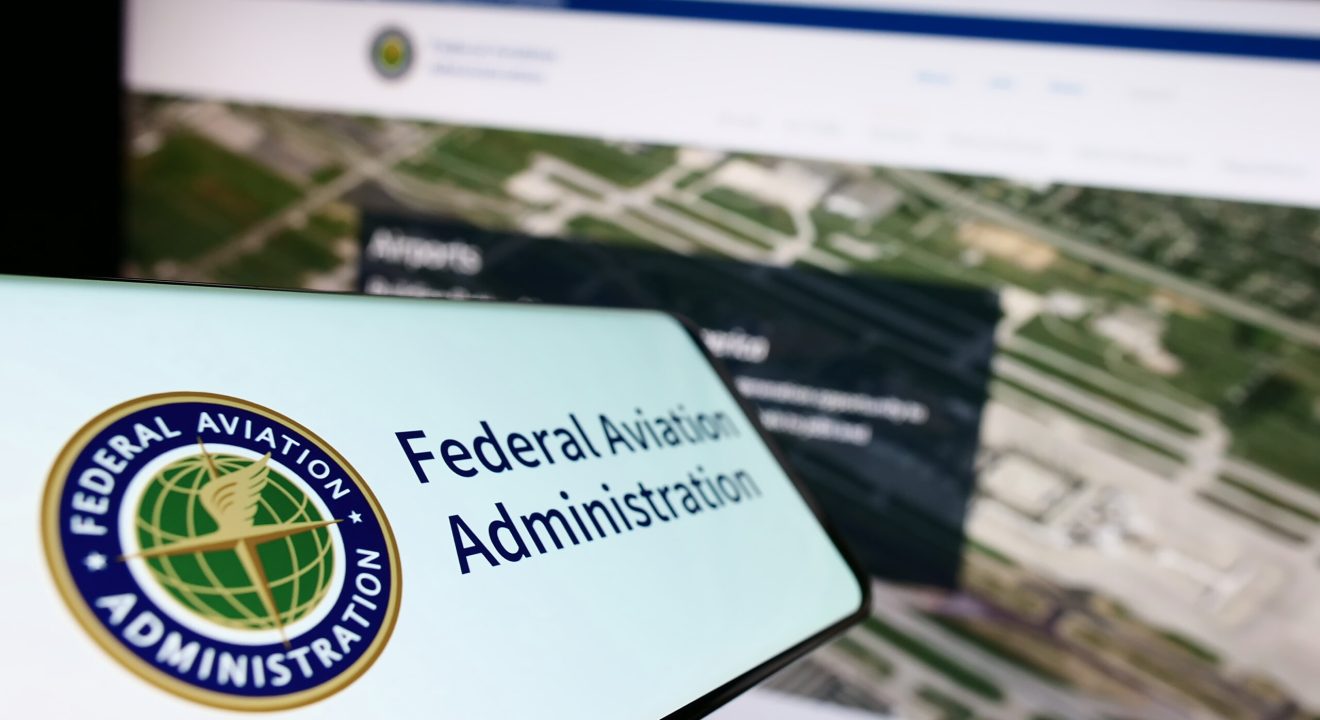The future of aviation demands safe, routine autonomous operations, and new rules by the Federal Aviation Administration (FAA) may finally deliver the framework to make that vision real.
This month, the United States Department of Transportation (USDOT) and FAA proposed two pivotal rules: Part 108 and Part 146. Together, they establish the necessary structure for governing Beyond Visual Line of Sight (BVLOS) operations and create a certification pathway for automated data service providers (ADSPs).
For SkyGrid, this development is critical. The method for managing Advanced Air Mobility (AAM) will have to be as good, if not better, than methods for legacy aviation. Part 146 will establish the robust certification pathway enabling SkyGrid to deliver the high-assurance, ground-based services required for safe, routine autonomous operations.
NPRM Core Components
The Notice of Proposed Rulemaking (NPRM) is designed to streamline BVLOS operations and further integrate unmanned aircraft systems (UAS) into the National Airspace System (NAS):
- Part 108: New rule establishing operator and manufacturer responsibilities associated with BVLOS UAS operations and airworthiness.
- Part 146: New certification pathway for ADSPs to obtain FAA authorization of services to mitigate risk required by operational regulations, such as Part 108.
Part 108 reduces the need for complex waivers and exemptions previously required under Part 107 or Part 91, while Part 146 addresses the critical regulatory gap for approving service providers—a necessity for scalable, data-driven operations. Under the proposal, certain ADSP services will be required by regulation, while others can be designed by the industry as alternative methods of compliance. This opens the door for innovators like SkyGrid.
Part 146: Enabling a Certified Ecosystem
Part 146 is the mechanism that will unlock widespread AAM integration. While the FAA has historically focused on certifying aircraft and pilots, Part 146 establishes a comprehensive framework for approving the digital services that keep modern airspace safe and scalable.
The rule outlines four key areas:
- General: Establishes a pathway for the industry to develop Extensible Traffic Management (xTM), enabling UAS operators to reduce risks during BVLOS operations in controlled and dense airspace.
- Certificate: Applicants will be certified at specified service levels, with stricter requirements imposed for higher assurance levels.
- Service Authorizations: An applicant must establish and demonstrate the minimum performance requirements for their service.
- Certified Service Providers: Must meet minimum requirements for cybersecurity, data security, quality management systems, training, and robust reporting and record-keeping.
The proposed rule will enable new kinds of operations, help establish a framework for approving critical services to AAM operators, enhance the safety and efficiency of AAM operations, and ultimately improve public acceptance of UAS and AAM.
While the framework is a crucial step, work is still needed to improve how service levels map to assurance requirements. SkyGrid is currently working with industry partners on recommendations to improve the service level descriptions so there is better alignment between the criticality and functional scope of services and their designated service levels. This proposed update will help ensure consistent and effective implementation.
Path Toward Certification
Part 146 provides the necessary foundation for scaling AAM in the envisioned airspace. A standardized set of regulations and consistent mitigations are essential for addressing key challenges in an integrated airspace, such as tactical and strategic deconfliction, hazard and constraint monitoring, and low-altitude surveillance. These operational safety mitigations are precisely what ADSPs like SkyGrid are designed to provide.
The rule acknowledges that ADSPs will play a critical role in supporting the safe and efficient integration of new aircraft operations, directly aligning with SkyGrid’s roadmap. Part 146 formalizes a process that previously required operators to initiate discussions as part of their airworthiness or operational approvals. Now, we have a dedicated path to becoming an approved ADSP.
Safety and assurance are central to this NPRM. Since AAM operations will exist in a dynamic, evolving environment and eventually carry people onboard, SkyGrid’s services must be of the highest integrity. To ensure compliance, we are establishing rigorous processes for cybersecurity, change management, and quality management, as well as increasing engagements with standards development organizations (SDOs) to align with evolving industry standards.
Industry Impact and Looking Ahead
When finalized, these rules will not only provide a significant leap forward for UAS operations but also help modernize the NAS at large. Part 146 introduces a new paradigm for service provision, a model that could be applied across the entire NAS to improve overall system performance. For the first time, the FAA will have established clear policies and guidance for submissions from manufacturers, operators, and ADSPs seeking to demonstrate compliance.
This regulatory clarity will lead to a substantial increase in allowed BVLOS operators, with companies scaling operations to fit numerous use cases. UAS Traffic Management (UTM) services for low-altitude operations will also continue to mature into a sophisticated ecosystem capable of supporting increasingly complex operations.
While consideration is still needed for the higher end of the Part 108 weight limits (up to 1,320 pounds in some categories), the potential for a high-complexity market segment introduces a compelling opportunity for service providers like SkyGrid, which can offer the high-assurance services necessary to mitigate those risks appropriately.
Achieving this vision requires continued collaboration. SDOs will play a key part in serving as the nexus between various stakeholders, helping create consistent direction in how technologies and operations evolve. We look forward to working with the FAA, industry stakeholders, and international partners to support the successful implementation of this NPRM, ensure that the U.S. maintains its global leadership in advanced airspace integration, and create a practical and scalable path forward.
